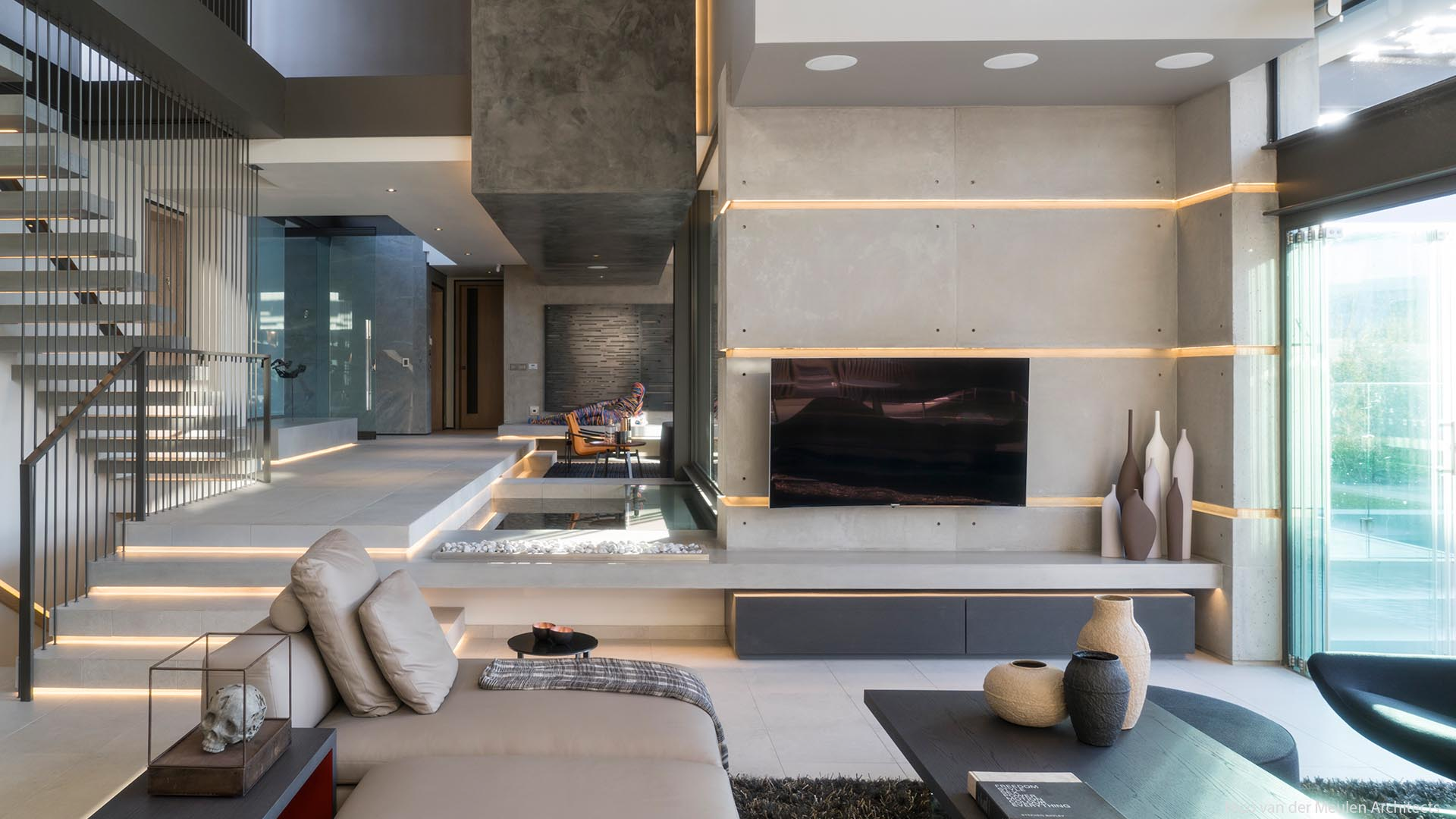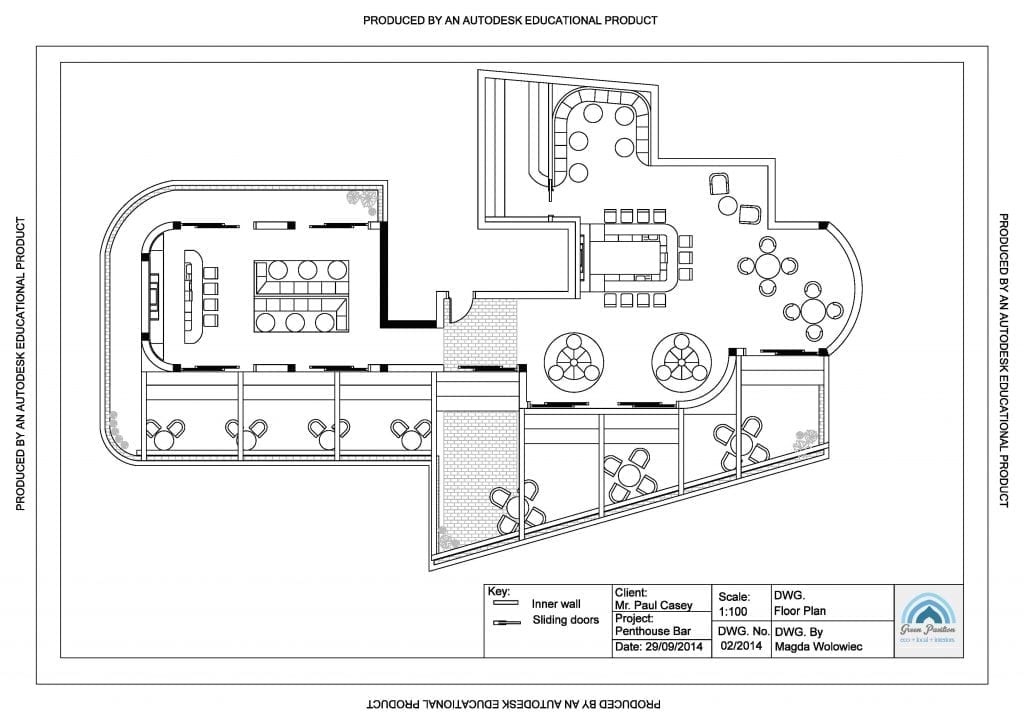The Art of Balance: Just How Interior Design and Home Designer Collaborate for Stunning Outcomes
In the realm of home layout, striking an equilibrium in between appearances and capability is no tiny accomplishment. This fragile balance is accomplished through the harmonious cooperation in between interior designers and architects, each bringing their unique competence to the table. Remain with us as we check out the ins and outs of this collective process and its transformative influence on home design.
Understanding the Core Distinctions Between Interior Decoration and Home Architecture
While both Interior Design and home style play vital roles in developing visually pleasing and functional areas, they are inherently various disciplines. Home style mainly concentrates on the architectural aspects of the home, such as constructing codes, safety laws, and the physical building of the space. It takes care of the 'bones' of the structure, dealing with spatial dimensions, load-bearing wall surfaces, and roofing system layouts. On the other hand, Interior Design is much more worried with improving the sensory and visual experience within that framework. It involves choose and setting up furnishings, picking color pattern, and including ornamental components. While they work in tandem, their duties, obligations, and areas of expertise split dramatically in the development of an unified home setting.
The Synergy Between Home Design and Interior Decoration
The harmony in between home architecture and Interior Design depends on a shared vision of style and the enhancement of practical visual appeals. When these 2 areas straighten sympathetically, they can change a living space from common to phenomenal. This cooperation calls for a much deeper understanding of each discipline's principles and the ability to create a cohesive, aesthetically pleasing environment.
Unifying Design Vision
Merging the vision for home architecture and indoor design can produce a harmonious living space that is both functional and cosmetically pleasing. It promotes a collaborating method where building aspects enhance interior style components and vice versa. Therefore, unifying the layout vision is critical in blending design and indoor style for magnificent results.
Enhancing Practical Aesthetic Appeals
Exactly how does the synergy between home design and indoor style enhance functional visual appeals? Architects lay the groundwork with their architectural layout, making certain that the room is sensible and reliable. An engineer may develop a house with big home windows and high ceilings.
Relevance of Collaboration in Creating Balanced Spaces
The partnership between indoor designers and architects is essential in creating well balanced spaces. It brings consistency between layout and design, giving birth to areas that are not just visually pleasing yet likewise useful. Exploring effective collaborative methods can provide understandings right into exactly how this harmony can be efficiently accomplished.
Harmonizing Style and Style
Equilibrium, a crucial facet of both indoor layout and style, can only really be accomplished when these two fields job in consistency. This joint procedure results in a cohesive, balanced layout where every component adds and has a purpose to the general aesthetic. Harmonizing layout and architecture is not just concerning developing gorgeous rooms, however regarding crafting spaces that function effortlessly for their residents.
Successful Joint Techniques

Instance Studies: Successful Assimilation of Style and Architecture
Analyzing several study, it emerges just websites how the successful assimilation of Interior Design and style can change a space. The Glass Residence in Connecticut, renowned for its minimalistic beauty, is one such instance. Designer Philip Johnson and interior developer Mies van der Rohe worked together to produce a harmonious equilibrium in between the framework and the interior, leading to a seamless flow from the exterior landscape to the internal living quarters. An additional prototype is the Fallingwater House in Pennsylvania. Engineer Frank Lloyd Wright and indoor designer Edgar Kaufmann Jr.'s collective initiatives result in an amazingly unique home that mixes with its all-natural surroundings. These situation researches underline the profound effect of an effective layout and architecture partnership.

Getting Over Difficulties in Layout and Architecture Partnership
In spite of the obvious benefits of an effective collaboration in between interior style and architecture, it is not without its difficulties. Architects may prioritize structural stability and security, while designers focus on comfort and design. Reliable interaction, common understanding, and concession are vital to get rid of these difficulties and accomplish a effective and unified cooperation.

Future Patterns: The Evolving Connection In Between Home Architects and Interior Designers
As the globe of home layout proceeds to progress, so does the connection in between designers and interior designers. Conversely, interior developers are welcoming technological elements, influencing overall format and capability. The future guarantees a much more cohesive, ingenious, and adaptive method to home design, as architects and designers continue that site to blur the lines, fostering a partnership that genuinely personifies the art of balance.
Conclusion
The art of equilibrium in home layout is attained via the harmonious collaboration between indoor designers and designers. An understanding of each other's disciplines, reliable interaction, and shared vision are crucial in developing aesthetically spectacular, useful, and welcoming spaces. Despite obstacles, this partnership cultivates growth and innovation in style. As the relationship in between home architects and interior developers advances, it will remain to form future patterns, improving convenience, effectiveness, and personal expression in our home.
While both indoor design and home design play essential functions in developing aesthetically pleasing and practical why not try here rooms, they are inherently different self-controls.The harmony between home architecture and indoor layout lies in a shared vision of style and the improvement of useful looks.Linking the vision for home architecture and interior style can develop an unified living room that is both functional and visually pleasing. Therefore, unifying the style vision is crucial in blending architecture and interior style for sensational outcomes.
Just how does the harmony in between home architecture and interior design enhance functional aesthetic appeals? (Winchester architect)